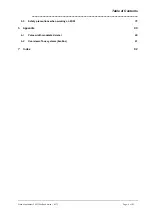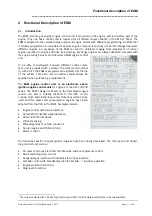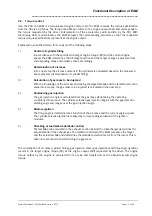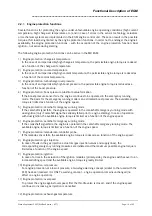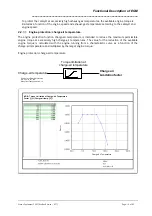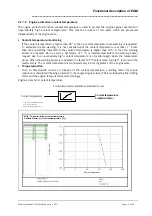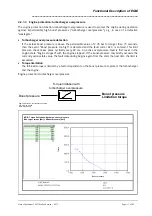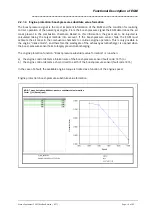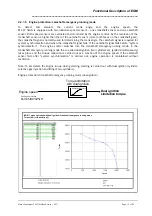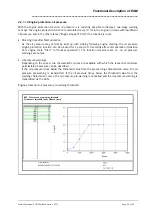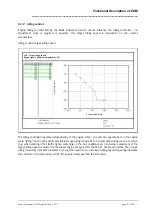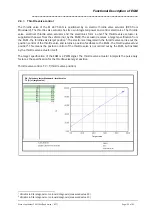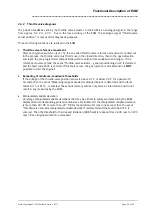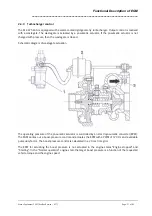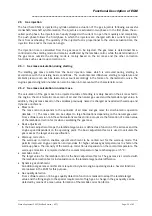
Functional Description of EGM
_____________________________________________________________________
Status September 2003 (EvoBus-Service / AFT)
Page: 20 of 83
2.2.1.6
Engine protection: camshaft emergency-running mode
To detect and evaluate the current crank angle and the engine speed, the
M 447 hLAG is equipped with two inductive speed sensors – one crankshaft sensor and one camshaft
sensor. Both speed sensors are evaluated and monitored by the engine control. As the resolution of the
crankshaft sensor is higher than that of the camshaft sensor (more tooth faces on the crankshaft gear),
this sensor is normally used for determining the crank angle. The camshaft signal is required for system
synchronisation and when the crankshaft signal fails.
If the crankshaft signal fails (camshaft emergency-running mode), the crank angle is determined based on
the camshaft signal. Virtually unrestricted engine operation can be maintained. As the crank angle
determination is carried out less accurately with the camshaft sensor than with the crankshaft sensor, the
available engine torque in the camshaft emergency-running mode is limited as a function of the engine
speed.
Engine protection: Camshaft emergency-running mode (failure of crankshaft signal)
Engine speed
Characteristic curve
Torque limitation
Camshaft e.-running mode
Camshaft
e.-running mode
Limitation factor
Title:
Service EGM: Engine protection
File:
kd_mts_NW_Notlauf.vsd
Date of last change: 2001-09-12
MOB - Torque limitation with camshaft e.-running mode
Factor [-] = f(Speed [rpm])
Torque
Speed

